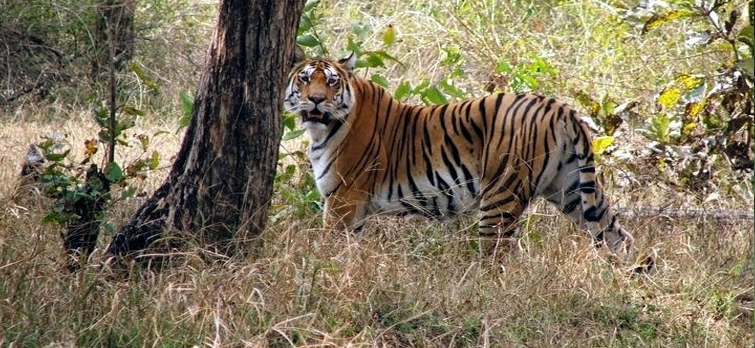
It’s been 43 years the Wildlife Protection Act 1972 was introduced in India by the Parliament for the protection of plants and animal species. It was this day in 1972 when the government first enacted this rule for the protection of wild animals, birds, and plants. The main motive behind introducing this act was to stop illegal poaching & animal hunting, to restrict people from disturbing or damaging the natural habitat of wild birds or reptiles, and to discourage trading of animals or its product, such as its skin, horn, feather, nail, tooth, musk, eggs, and nests.
The act has been extended to the whole country, except for the state of Jammu and Kashmir, which follow its own wildlife act. The penalty prescribed for the crime under this act is different based on the six schedules, established by the government. The animals under Schedule I and Schedule II are rare, so they get absolute protection from the government and penalties in their case are highest as prescribed under the law. Schedule III and Schedule IV offer protection to animals & plants that are not in the list of endangered species, but they do need protection, so the penalties for crime against these animals are low.
Animals under Schedule V can be hunted and it includes commonly seen animals such as Crow, Fruit Bats, and Mice & Rats. Schedule VI includes plants, which are prohibited from cultivation and planting, such as, Beddomes’ Cycad, Blue Vanda, Kuth, Ladies Slipper Orchids, Pitcher Plant, and Red Vanda. The state government together with central government can decide whether any area with forest or territorial waters in India can be declared a Wildlife Sanctuary or National Park.
The government is surely trying its best to protect the endangered animals and birds that are on the verge of extinction.
Important Resources:
You may also like to read:
Last Updated: June 18, 2019 Tour My India
Published: 22 Aug, 2015







